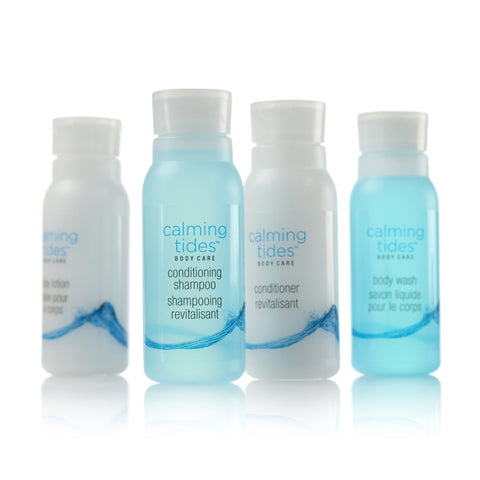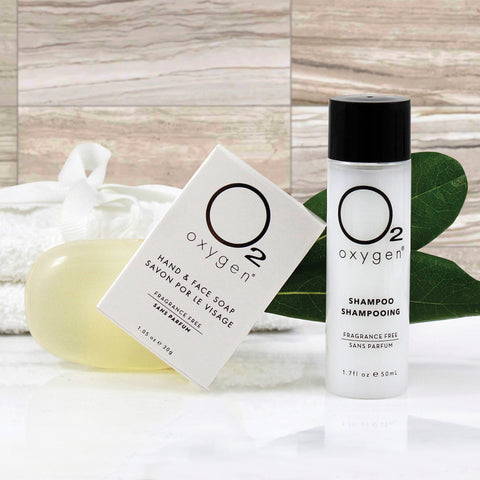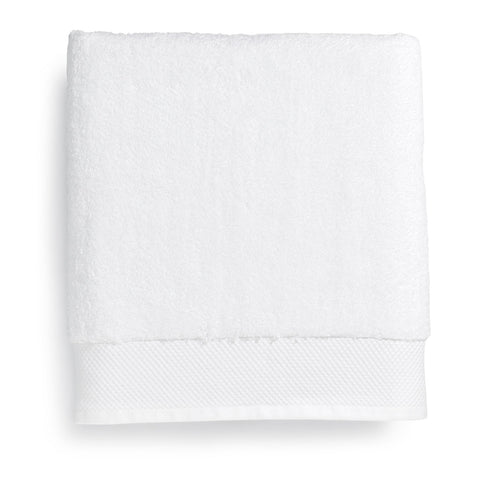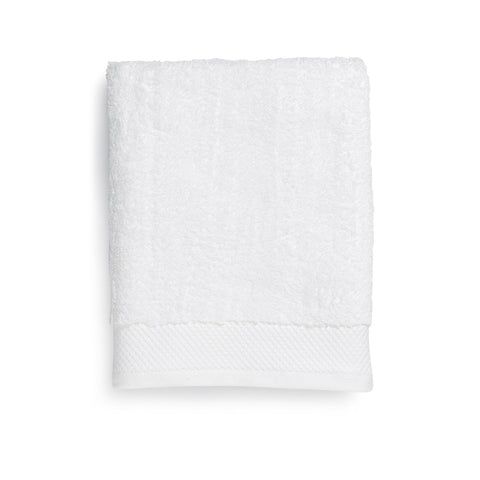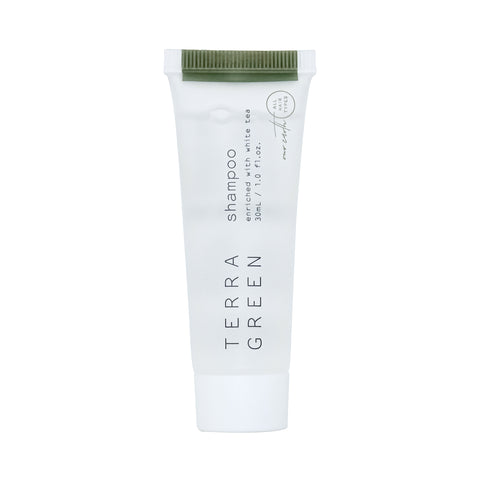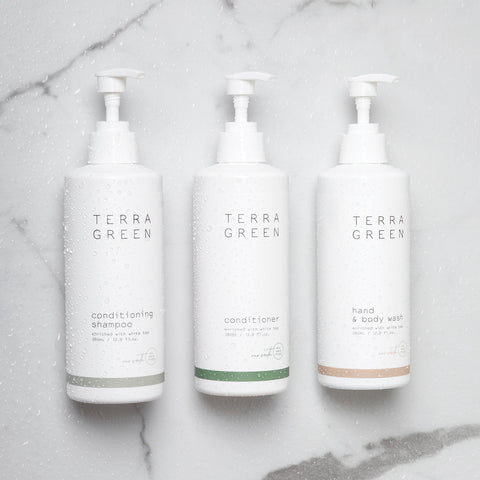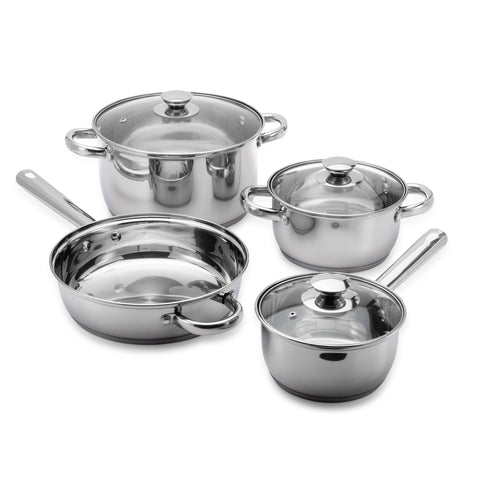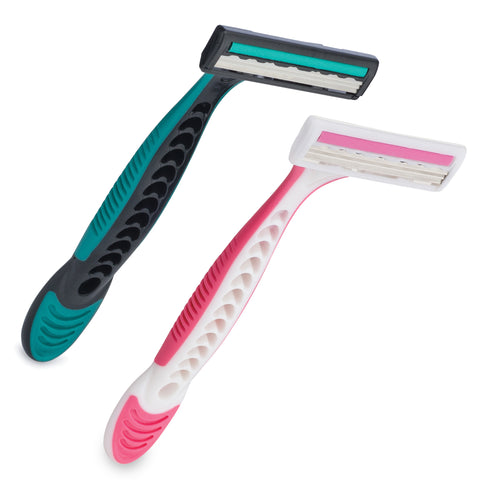News
How to Prevent Bed Bugs at Your Airbnb or Vacation Rental

If you want to watch a hospitality professional wince, just say the words “bed bugs.”
In the last year, 8 out of 10 hotels dealt with bed bugs, to the tune of $6383 per incident, and 20% of hotels have faced litigation as a result. Not to mention the consequences of even one guest review that complains of bed bugs. [Source: Behind the Cost of Bed Bugs: Hospitality Industry Report.]
Unfortunately, vacation rentals, Airbnb and other short-term rental properties are not exempt from bed bugs. Single-family homes, in fact, are most likely to be infested, followed by apartments and condos. Hotels are third on the list.
Needless to say, bed bugs should be on your radar as a vacation rental owner or manager, even if you aren’t in a particularly bed-bug prone city, and also if your rental is spotlessly clean (cleanliness has no effect on whether or not bed bugs take up residence).
The good news? Annoying as they are, bed bugs do not spread disease. In fact, some people don’t even react to bed bug bites. Plus, while treating bed bugs can be a hassle, prevention is not.
Knowledge is half the battle, so aBundle spoke with Donna Charpentier and Andrew Walters of CleanBrands about recognizing, treating, and preventing bed bugs at vacation rental properties.
CleanBrands advocates for a three-pronged prevention approach:
- A knowledgeable housekeeping staff trained to detect and respond to bed bug sightings
- Installing mattress and box spring encasements
- Routine inspections by a licensed pest management professional
1. Train your housekeeping staff to spot bed bugs
Because vacation rentals are not cleaned as often as hotels (once a week or so, as opposed to daily), bed bugs can go unnoticed until they make a meal of your guests. Definitely not an ideal scenario for discovering an infestation!
Guests are increasingly savvy about checking mattresses and linens in an Airbnb for bed bugs, which is helpful. Ideally, though, your guests should not be your first line of defense. That job instead falls to you and your cleaners.
As of the last five years, hotel cleaning staff receive routine training on bed bug prevention, and vacation rentals should follow suit. If you have housekeeping staff to handle your turnovers, give them a primer on how to spot bed bugs.
Here are the signs to help you and your cleaners identify bed bugs throughout their life cycle:
Egg stage. Bed bug eggs are black and roughly the size of a pinhead—imagine a marking from a black felt-tip pen. They can be tough—but not impossible—to spot with a naked eye.
Nymph stage. In this stage, bed bugs are still quite small (about 2mm) and translucent until they feed, at which point the blood meal turns them reddish/brown. At the nymph stage, they may still be difficult to spot without a trained eye.
Adult stage. As bed bugs continue to feed, they elongate in size and become more noticeable—roughly the size and color of an apple seed. Note that adult bed bugs are quite similar to other insects, like bat bugs and carpet beetles.

A bed bugs’ size and ability to hide make them difficult to see during the day, so it’s important to also look for other signs, like:
- Shed skin, blood, and fecal smears, live bed bugs, and eggs.
- Rusty or reddish stains on bed sheets or mattresses (caused by bed bugs being crushed).
- Dark spots which are bed bug excrement and may bleed on the fabric.
- Fecal spots, eggshells, or shed skins in areas where bed bugs hide.
- An offensive, musty odor from the bugs.
2. Use mattress encasements
Ultimately, your best bed bug offense is a good defense, and mattress and box spring encasements should be your first line of defense because they deny the bed bug its preferred sanctuary.
Fun fact: bed bugs don’t have a particular affinity for beds or mattresses. They just like being close to their host—your snoozing, blissfully unaware guest—and mattresses get them very close to the host for seven or eight hours at a time.
In other words, encasements remove a bed bug’s best buffet access.
“Encasements encourage bed bugs to live somewhere else and travel further to find a host,” says Walters. “Then, you can spot more of them—and spot them sooner—because they’re in plain sight.”
Plus, guests who check your mattresses for bed bugs will spot the encasements and feel secure and protected. With increasing concern about bed bugs, some accommodation providers even leave a postcard by the beds to explain—without using the dreaded words “bed bugs”—that the mattresses are encased for guest health and wellness.

3. Get routine inspections from a pest management professional
Finding a good pest management company is key to mitigating Airbnb bed bug infestations. A pro can conduct periodic inspections and evaluate whether your rental has an elevated bed bug risk. Then, if you do end up with an unfortunate infestation, your qualified help is already on deck.
Do not try to DIY a bed bug situation. “Over-the-counter” bed bug measures just won’t cut it, especially in a hospitality setting. Bring in the pros!
When searching for a pest management company, be sure that they provide a dual approach of both chemicals and heat treatment. The fewer chemicals, the better—some can be harmful to pets, which is a particular concern for pet-friendly vacation rentals.
For more resources on bed bugs and other pests that could hurt your business’s bottom line, check out the National Pest Management Association (NPMA).
Mitul Patel
eCommerce Manager, aBundle
MiPatel@americanhotel.com


